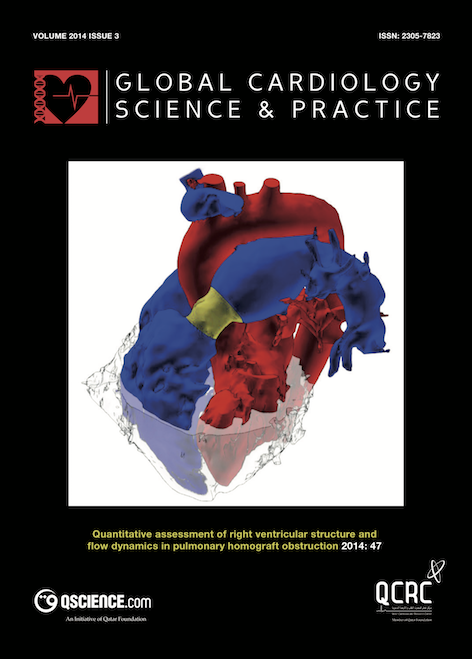Tissue plasminogen activator-based clot busting: Controlled delivery approaches
Abstract
Cardiovascular diseases are the leading cause of death worldwide. Thrombosis, the formation of blood clot (thrombus) in the circulatory system obstructing the blood flow, is one of the main causes behind various ischemic arterial syndromes such as ischemic stroke and myocardial infarction, as well as vein syndromes such as deep vein thrombosis, and consequently, pulmonary emboli. Several thrombolytic agents have been developed for treating thrombosis, the most common being tissue plasminogen activator (tPA), administrated systemically or locally via IV infusion directly proximal to the thrombus, with the aim of restoring and improving the blood flow. TPA triggers the dissolution of thrombi by inducing the conversion of plasminogen to protease plasmin followed by fibrin digestion that eventually leads to clot lysis. Although tPA provides powerful thrombolytic activity, it has many shortcomings, including poor pharmacokinetic profiles, impairment of the reestablishment of normal coronary flow, and impairment of hemostasis, leading to life-threatening bleeding consequences. The bleeding consequence is ascribed to the ability of tPA to circulate throughout the body and therefore can lysis all blood clots in the circulation system, even the good ones that prevent the bleeding and promote injury repair. This review provides an overview of the different delivery approaches for tPA including: liposomes, ultrasound-triggered thrombolysis, anti-fibrin antibody-targeted tPA, camouflaged-tPA, tpA-loaded microcarriers, and nano-modulated delivery approaches.Downloads
Published
2017-06-30
Issue
Section
Review articles
License
This is an open access article distributed under the terms of the Creative Commons Attribution license CC BY 4.0, which permits unrestricted use, distribution and reproduction in any medium, provided the original work is properly cited.


